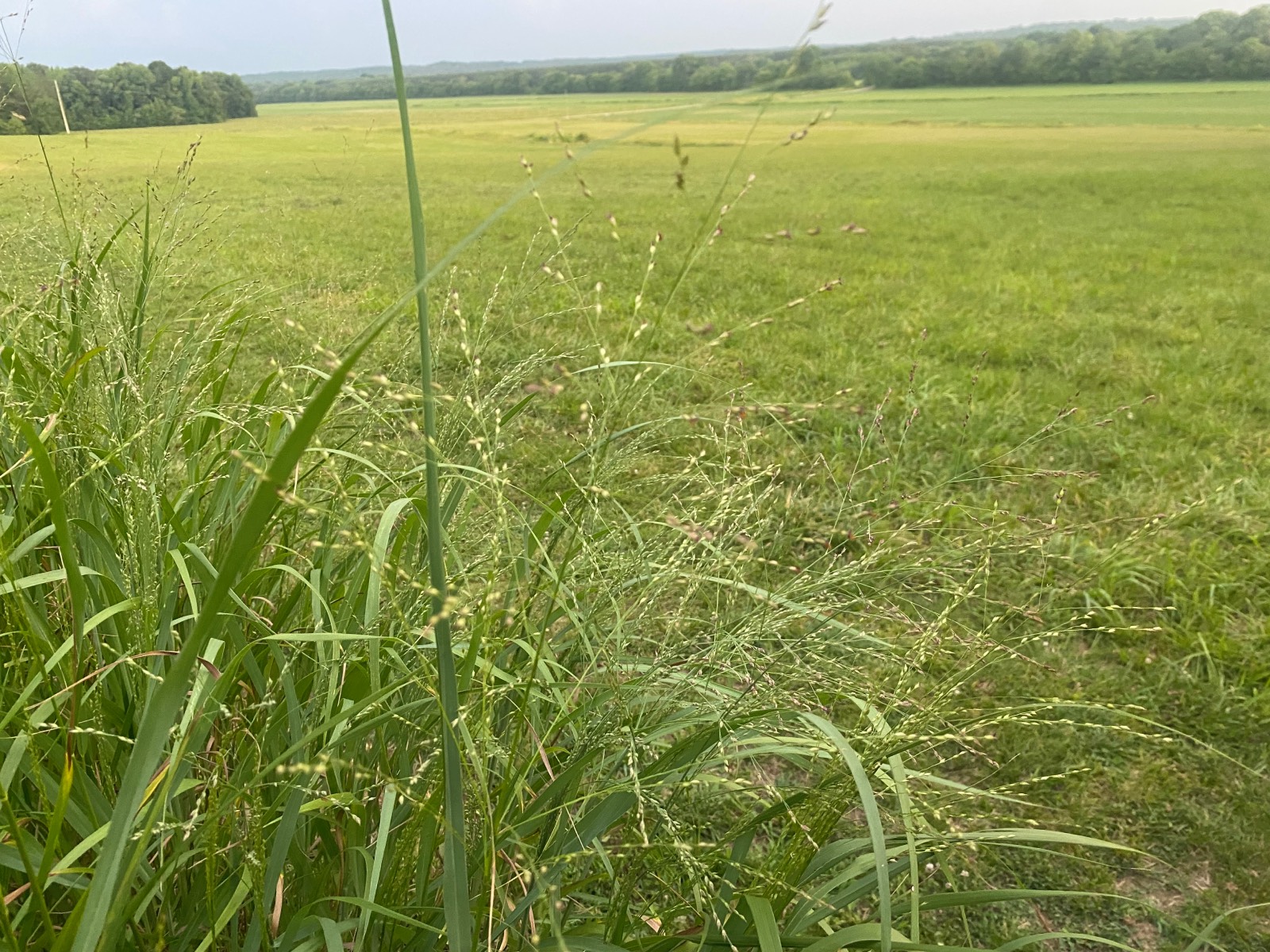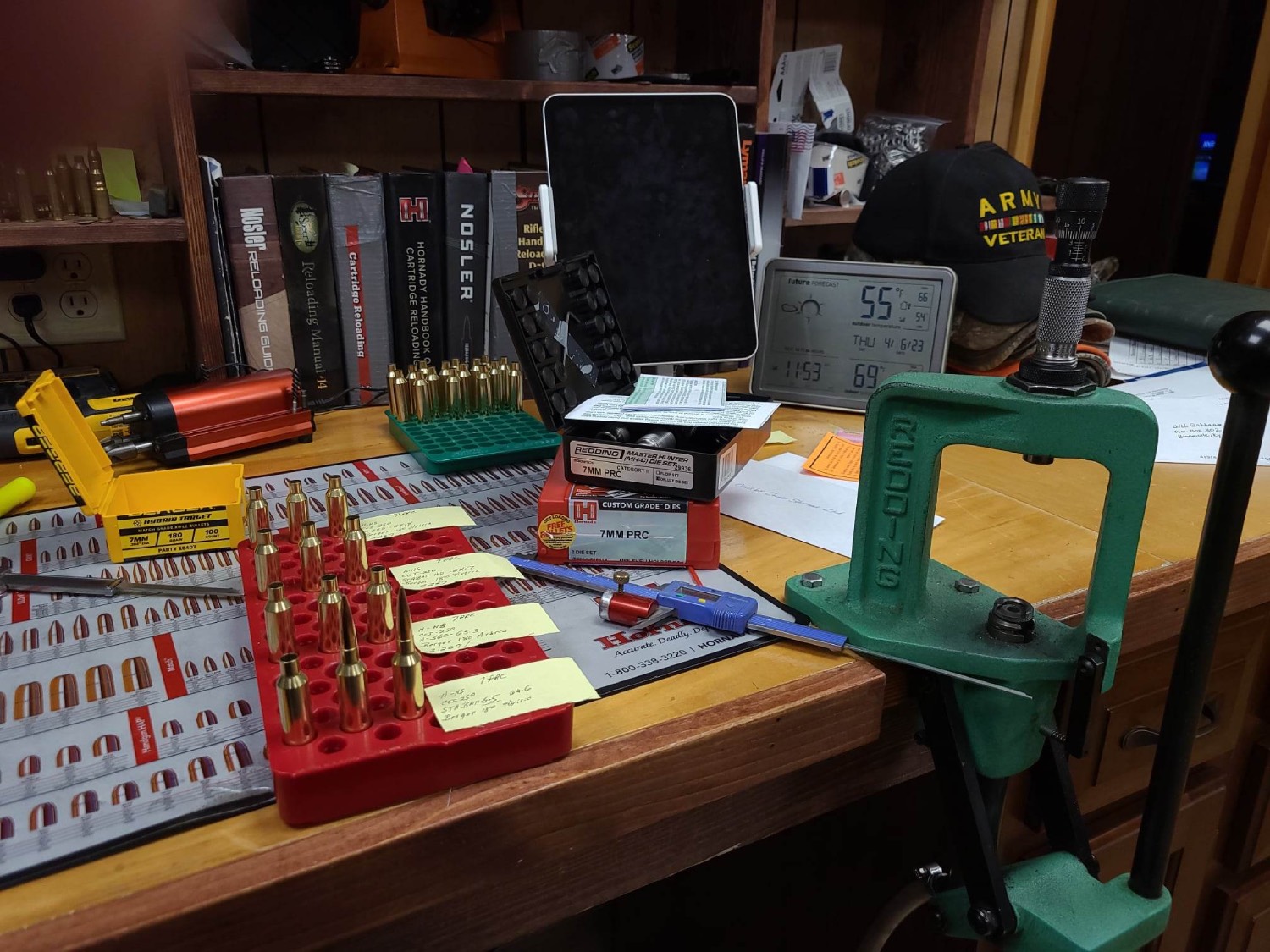Chris Bridges
Many times, I have been guilty of failing to properly appreciate the subtle changes and interactions between elevation and soil properties that give a piece of land its own unique character. When we look at potential hunting sites using online aerial imagery, we might forget to take into account topographic variation when planning habitat improvement activities. Perhaps this is no more apparent than when designing effective wildlife plantings for leveed sites.
WHAT MAKES LEVEE SITES UNIQUE?
When developing a planting plan, I think that the most important consideration is site safety which requires an understanding of why the levee is there in the first place. Many of us are most familiar with the term levee as it relates to farm ponds and drainage canals in our region. For those who have had the opportunity to observe large levees along the Lower Mississippi River or especially those around New Orleans, we are often left with a sense of awe for these impressive structures.
While this is certainly an appropriate use of the term, I also like to remember that the French word from which we have adopted the term levee originally just referred to ‘raised ground.’ Thinking about levees in the more broad sense reminds me that there are natural levees in addition to built levees along many streams and waterways that we hunt along. The natural levees typically represent an accumulation of sediment that the stream has deposited over the years. Because the coarser sediment, like sand, falls out of suspension sooner than the more fine sediment, such as silt or clay, these natural levees are often slightly elevated above the floodplain and exhibit better drainage.
Natural levees with high sand content represent a very different planting environment than engineered levees built from compacted soils. Therefore, it is important to consider the levee type, its purpose and its soils when developing a plan for managing vegetation. Perhaps most notably, large levees constructed to protect life and property require a great deal more consideration than smaller levees built for waterfowl impoundments.
The local drainage district or water management authority may have guidelines that must be followed to maintain the integrity of the levee. Having always been trained on the advantages of trees along streams for habitat improvement, water quality and temperature regulation, I was surprised to learn of all the implications of woody vegetation along levees. The most important thing being the need to maintain easy access to inspect the levee regularly to identify potential structural issues. The dense growth associated with early years of hardwood plantings could likely hide a lot at the soil surface. Important levees have to be monitored for water seepage, burrowing rodents and all sorts of potential problems that could be overlooked.
While there is some debate on how the roots of different tree species can cause levee breaches, it is obvious that the potential for windthrow for any large species can cause problems on levees. I would suggest that this be taken into consideration on any tree planting. Although it may take twenty years before trees reach heights that make them more susceptible to being blown over, it makes sense to consider these issues now to avoid causing problems for those managing these sites in the future. Regular mowing should be included in your vegetation management plans for these sites.
For those levees that protect life or property, I would always follow the guidance of engineering professionals and the appropriate authorities. Given the need to rapidly establish tough vegetation that can withstand water, this might include rapidly establishing temporary cover like ryegrass while a stronger turfgrass becomes established. Though neither of these options will do much for wildlife, the primary purpose is to help stabilize the soils along the levee.
Alternatively, on smaller levees and those constructed for wildlife impoundments, there may be opportunities to integrate species of native warm season grasses that can help to provide structure that is important for wildlife. Although native options like switchgrass and indiangrass grow slowly during the first two years, appropriate planting techniques and competition control can help these to establish and thrive on these sites later on.
MANAGING VEGETATION ON SAND DEPOSITS

Given the extreme precipitation that many fields have had to deal with over the past few years, I have ran across a lot of sites with high levels of sand deposition. This may be the result of sand that has been left by floodwaters that have overtopped the levee, or sand that has been deposited by levee breaches. While either of these scenarios can be a major maintenance issue for landowners, sand can have long-term influences on the soils and vegetation of these sites. Sand deposits will often have the dual effect of increasing the elevation of a portion of the floodplain while also reducing the long-term water holding capacity of the soil. Increased sand content will improve the soil drainage but will simultaneously make the site more susceptible to summer droughts.
In the midsouth, because of the limited water holding capacity of our soils, a few days or weeks without precipitation can cause major problems for wildlife plantings. In bottomland sites, with likely limited access to irrigation, high sand content can exacerbate this problem. Therefore, it is important to select plant materials that can deal with extremes in both the wet and dry seasons.
The first colonizing species on sand deposits are most often eastern cottonwood, sycamore, green ash and boxelder. While these species are important for stabilizing the site, these are not going to provide the hard mast that many of us want to grow on our hunting sites. Alternatively, red oaks best suited for well-drained stream bottom sites include cherrybark oak and Shumard oak. Hackberry and pecan are other important mast producing species that can be found on these types of soils. Persimmon and native plums are shorter, soft mast producing species that have exceptional drought tolerance that could be helpful on soils with high sand content. One of the most important things when planting bottomland sites that have been influenced by sand deposits is to use native plant materials that are genetically adapted to these conditions. This is done by working with reputable nurseries that grow native trees from local stock. These should be best able to grow in difficult conditions, especially droughty soils.
Sometimes it is hard for me to imagine a site that is frequently flooded in winter and spring, but prone to drought in summer and fall. However, if you have walked along many streams or canals in the South, you have likely run across these types of sites. They can be very productive if matched with the right species. Similarly, levees provide important protections from floodwater but require special attention when designing wildlife plantings. By understanding the flooding patterns and soils of levees and sand blows in stream and river bottoms, managers can design effective wildlife plantings that stand the best long-term chance for success on these unique sites.






























